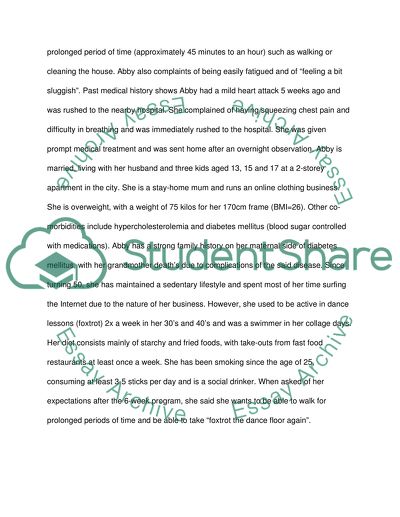Cite this document
(“Health and Fitness Intervention for a Cardiac Patient Essay”, n.d.)
Health and Fitness Intervention for a Cardiac Patient Essay. Retrieved from https://studentshare.org/health-sciences-medicine/1521928-health-and-fitness-intervention-for-a-cardiac-patient
Health and Fitness Intervention for a Cardiac Patient Essay. Retrieved from https://studentshare.org/health-sciences-medicine/1521928-health-and-fitness-intervention-for-a-cardiac-patient
(Health and Fitness Intervention for a Cardiac Patient Essay)
Health and Fitness Intervention for a Cardiac Patient Essay. https://studentshare.org/health-sciences-medicine/1521928-health-and-fitness-intervention-for-a-cardiac-patient.
Health and Fitness Intervention for a Cardiac Patient Essay. https://studentshare.org/health-sciences-medicine/1521928-health-and-fitness-intervention-for-a-cardiac-patient.
“Health and Fitness Intervention for a Cardiac Patient Essay”, n.d. https://studentshare.org/health-sciences-medicine/1521928-health-and-fitness-intervention-for-a-cardiac-patient.


